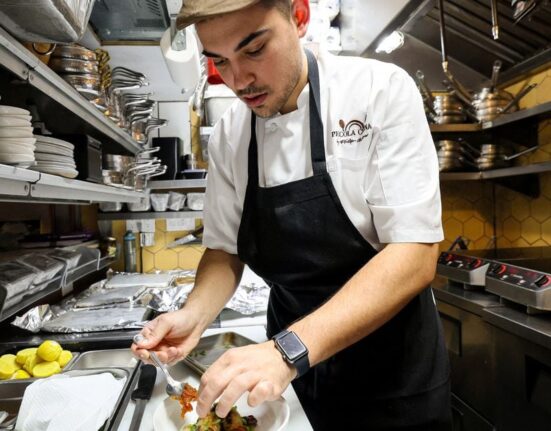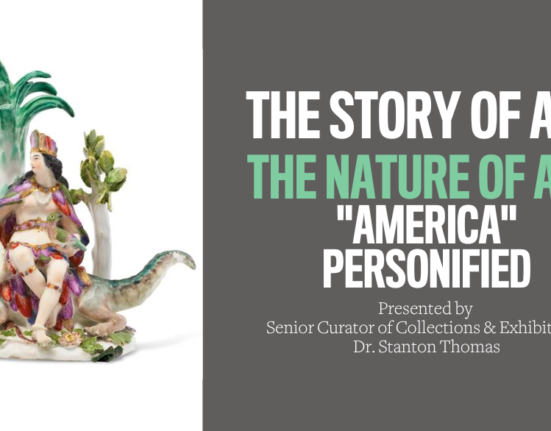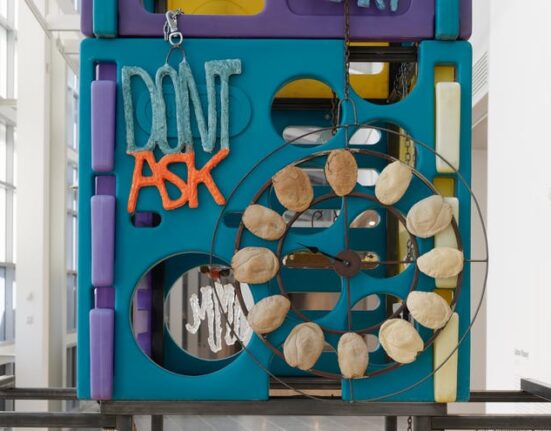The Blessed Michael McGivney Pilgrimage Center, a museum run by the Knights of Columbus, unveiled two crèche-themed exhibits for the Christmas season.
Nora Moses
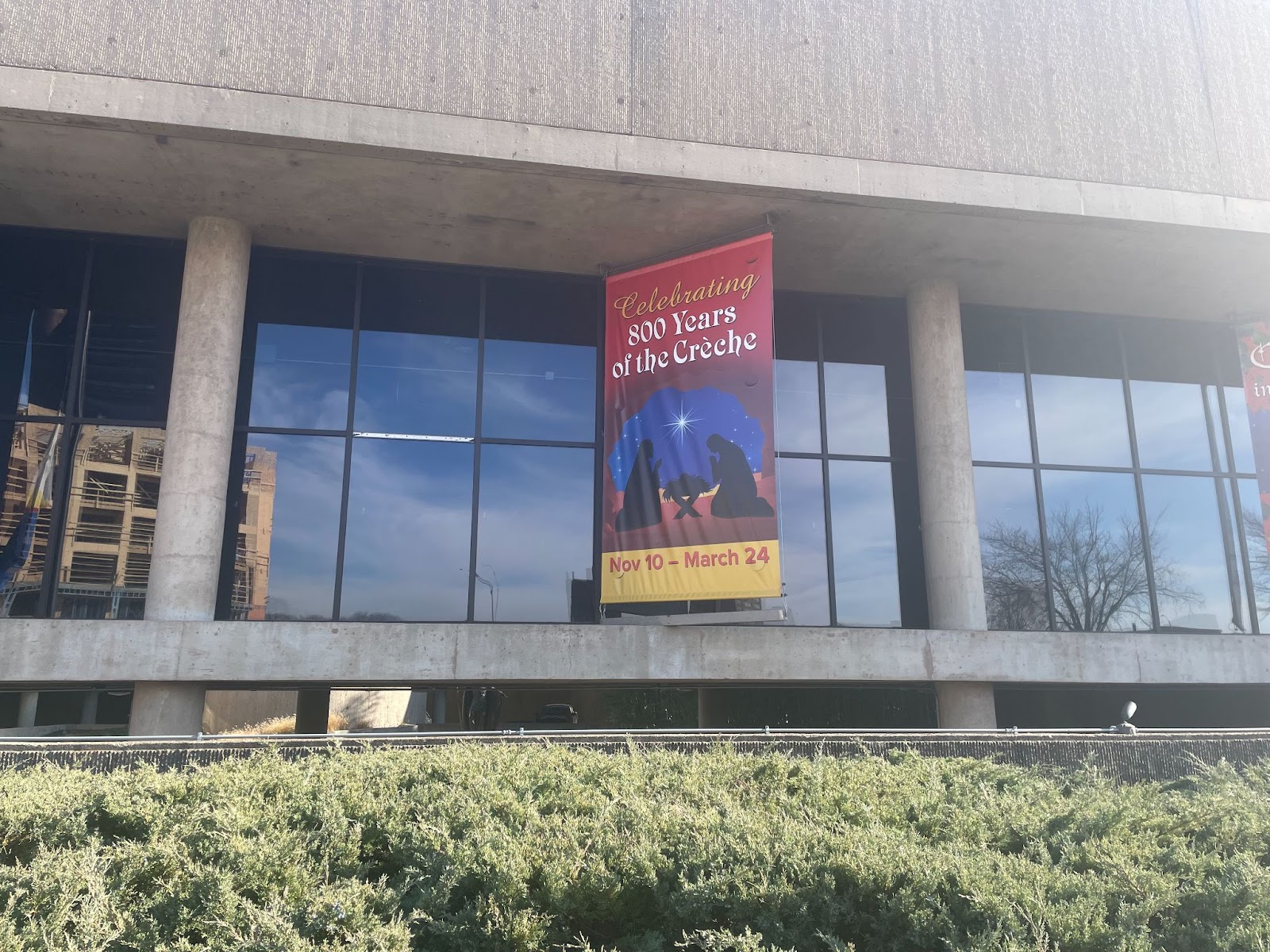
Nora Moses, Contributing Photographer
This Christmas, the crèche will celebrate its 800th birthday.
The crèche is a three-dimensional nativity scene, or depiction of the birth of the Christian prophet Jesus Christ. To mark its 800th birthday, the Blessed Michael McGivney Pilgrimage Center unveiled two crèche exhibits: “Christmas in the Americas,” which focuses a collection nativities from North and South America, and “Celebrating 800 Years of the Crèche,” which exhibits crèches from around the world. The exhibits will run until Feb. 4 and March 24, respectively.
The Blessed Michael McGivney Pilgrimage Center is a museum run by the Catholic faith group the Knights of Columbus and was named after the group’s founder. The Knights of Columbus are an organization that focuses on “building a bridge back to faith” and “empowering Catholic men to live their faith at home, in their parish, at work and in their community,” according to the mission statement on their website. Also per the website, the group’s main programs include charity and faith-based initiatives as well as insurance for products and asset advising in regard to “faith based investing.”
This year’s exhibits feature a wide array of unique crèches from the Knights of Columbus’ collection, as well as some loaned from other sources.
“Something amazing about crèches in particular … is that everybody has their interpretation of the scene and it’s embraced. Use what materials you have available to you and you can make some amazing things,” Bethany Sheffer, the museum’s curator and registrar, said.
The “Christmas in Americas” exhibit celebrates the styles of crèche from North and South America.
Sheffer explained that the crèches in this exhibit are made from a variety of materials, from the more traditional clay and wood, to paper, recycled materials and stones. The exhibit even features a crocheted crèche made by Sheffer’s grandmother.
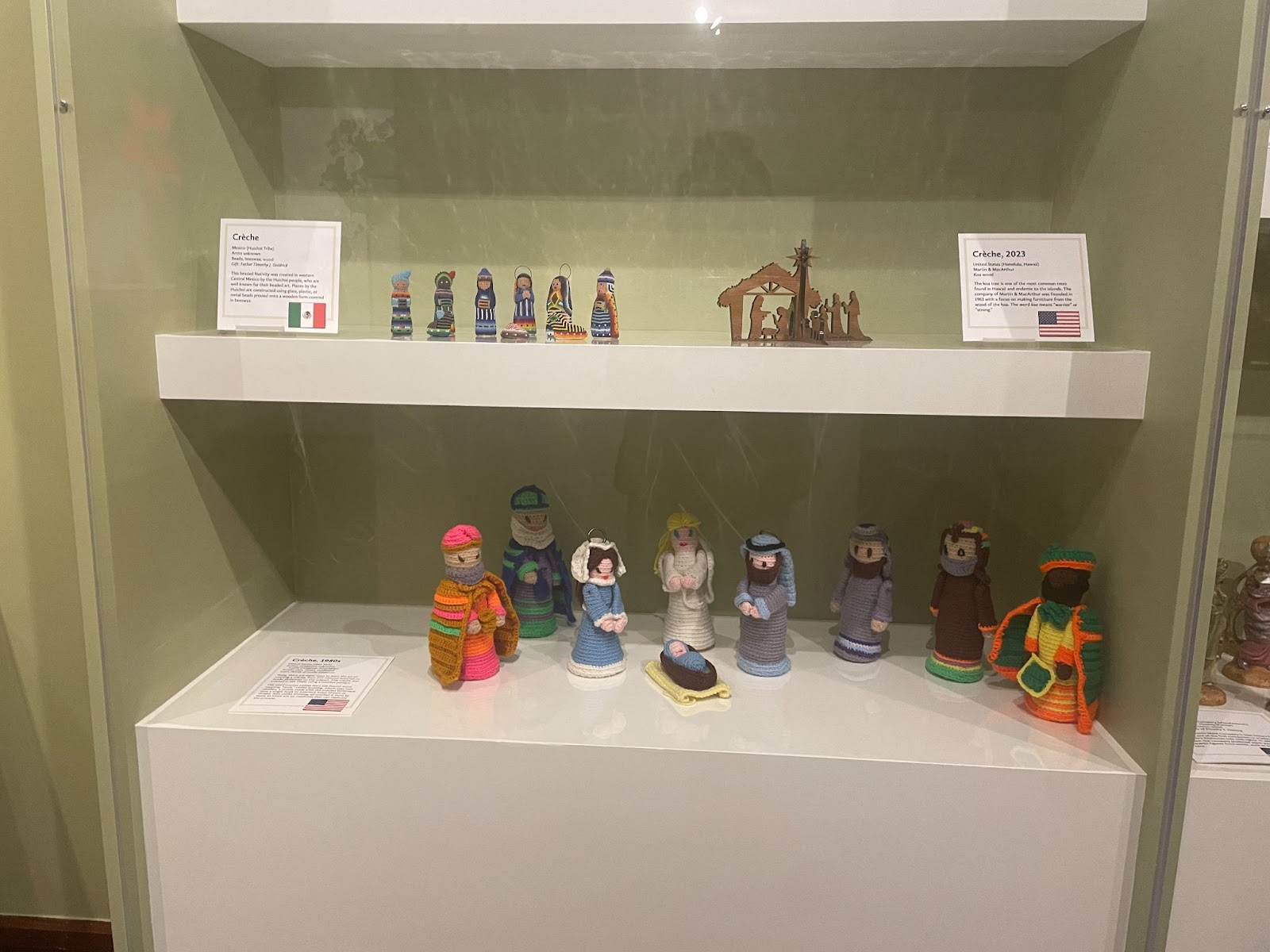

Crèche creators also made varying artistic choices, reflecting the environment where they are from, Sheffer said.
“I love that artists will take animals from their region and incorporate them. Usually the nativity scene features a donkey or an ox, but one from Argentina has llamas. We have a bear and a bison nativity from Canada. Bringing the local nature into the scene really makes it more universal.”
One of the “most recognizable pieces” in this exhibit is the crèche made by Mexican artist Agustín Parra. This piece, Sheffer explained, was commissioned by the Knights of Columbus after the artist made a similar version for the Vatican. This piece has been displayed every Christmas season since its acquisition in 2010.

Depictions of poinsettia flowers decorate the walls of the exhibit. The poinsettia is a flowering plant often used in Christmas displays for its red and green foliage, the colors usually associated with Christmas. Sheffer explained that the use of the poinsettia motif was purposeful as the flower was indigenous to Mexico and Latin America before it became popular in Europe for Christmas celebrations.
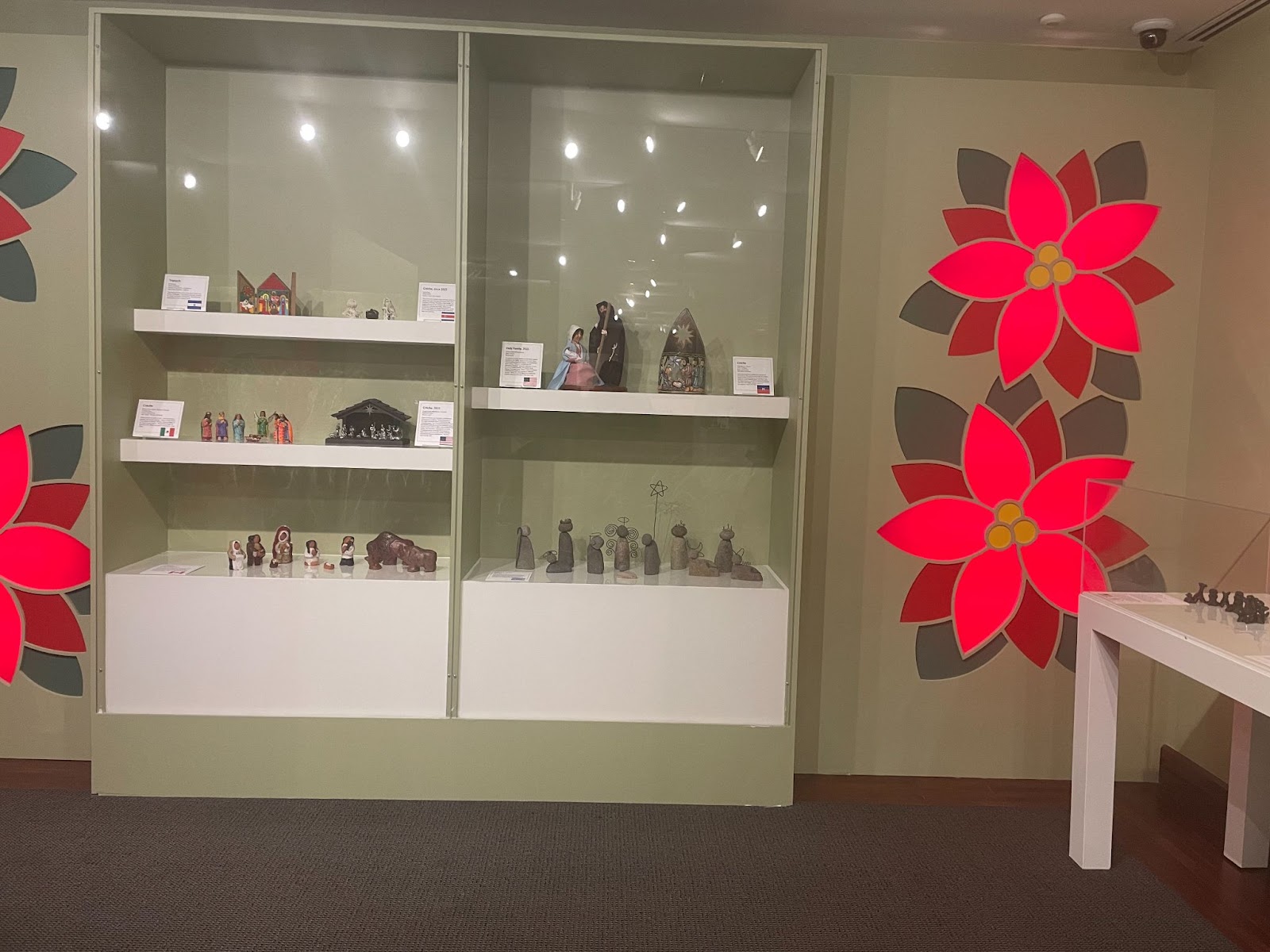
Down the hall, a second exhibit celebrates the 800th anniversary of the first crèche. Placards in the exhibit explain the story of this first nativity scene, created by St. Francis of Assisi in a cave in the village of Greccio, Italy.
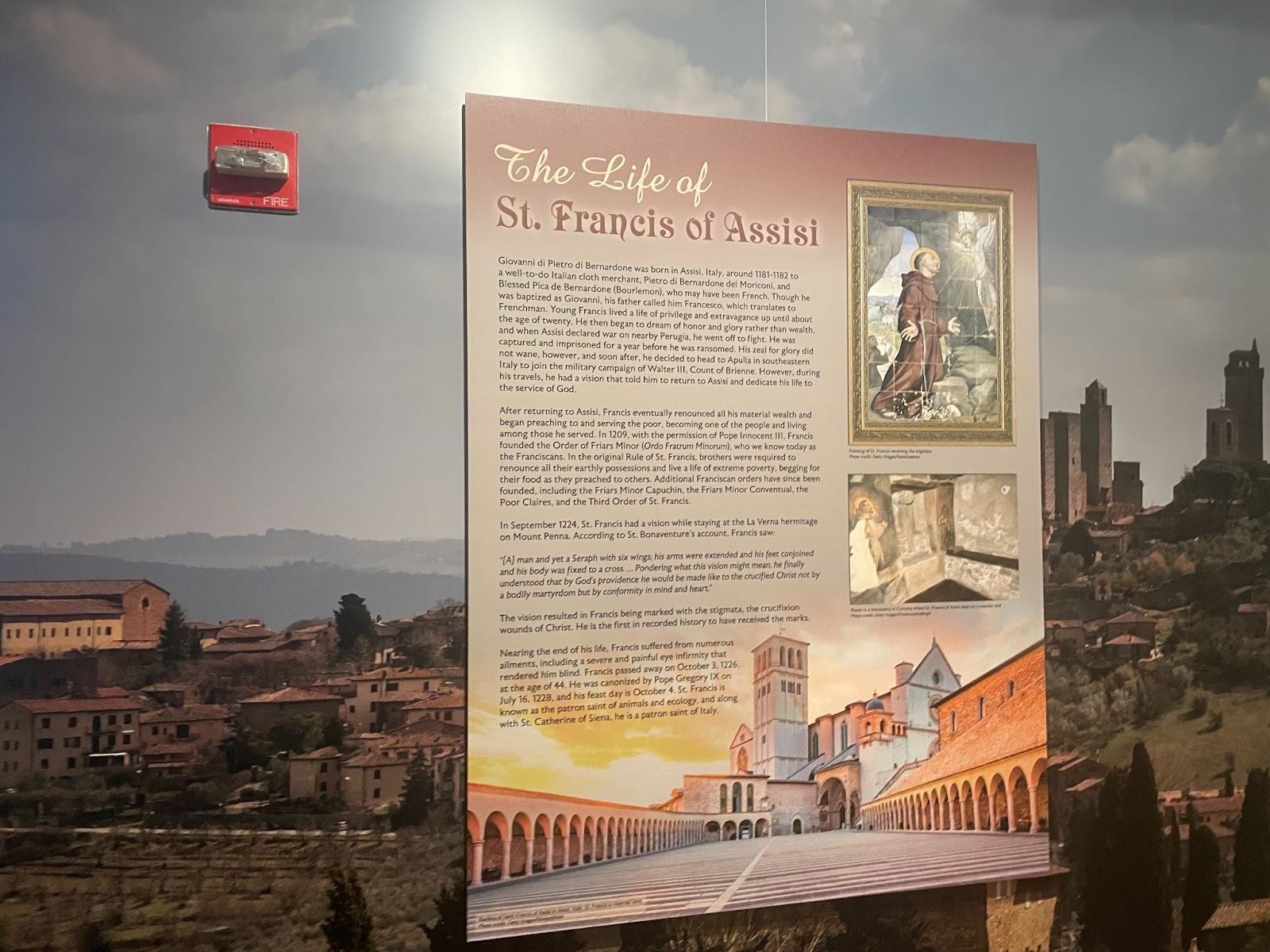
Decorations on walls give the appearance of gray stone and the Italian countryside to “give the impression of being in Italy,” Sheffer noted.

The walls also include quotes from St. Bonaventure’s and Thomas de Celano’s accounts of the life of St. Francis.
“Oftentimes we will tell the story of the nativity from what it says in the Bible, but this time we decided to focus on the account of the event at Greccio,” Sheffer said. “There are two biographers of St. Francis we focused on … and we took quotes from those sources and tried to make it look like it was engraved in the actual cave.”
Anne Johnson, who was visiting the exhibit, explained that she thought the feeling of being in a cave was “very effective.”
“I loved how this exhibit brought the Christmas spirit,” Johnson said. “It’s a celebration of the traditions.”
The actual crèches in the exhibit are an international sampling of the collection to show the far reaching spread of the practice of making crèches, she noted.
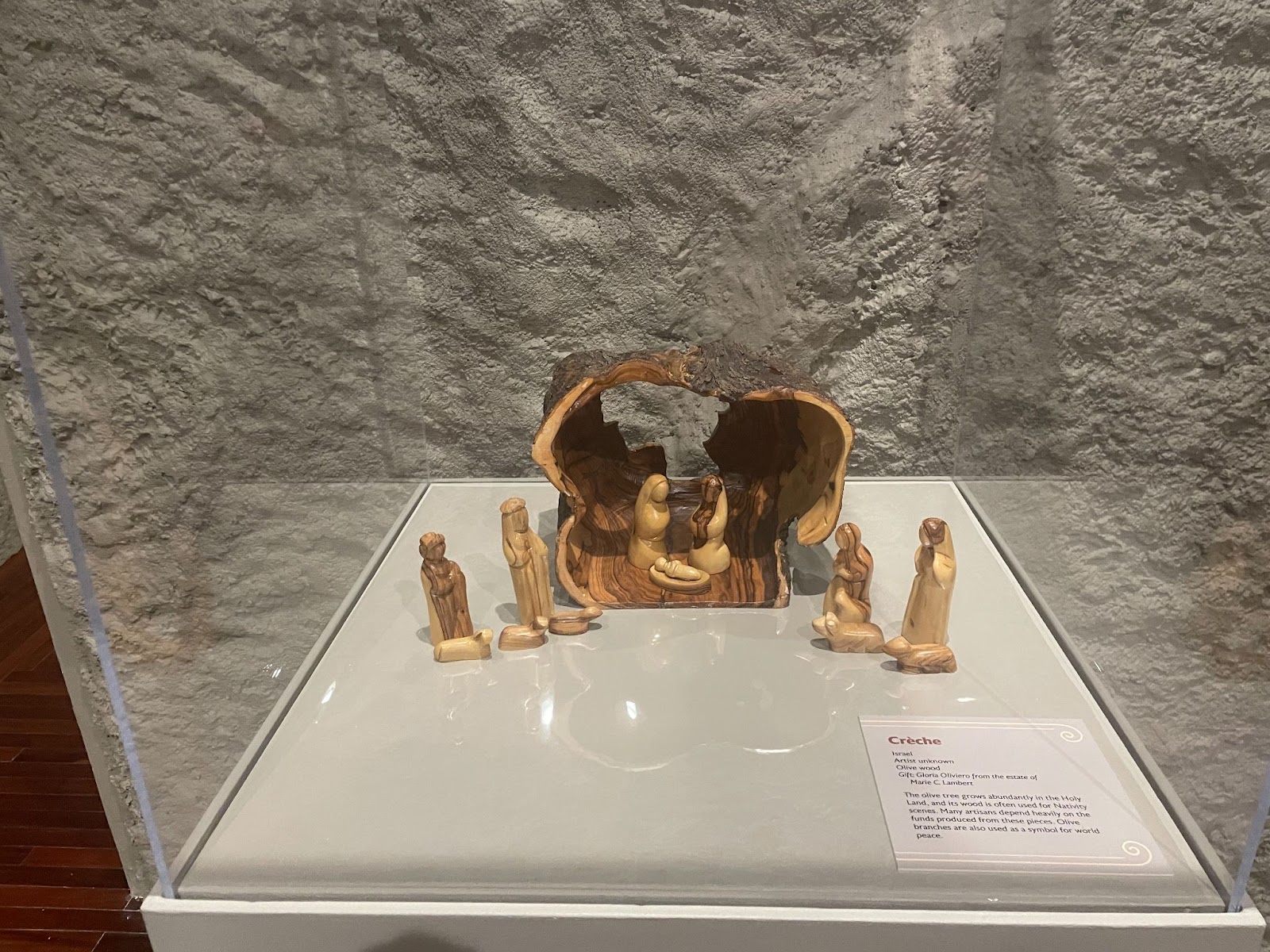
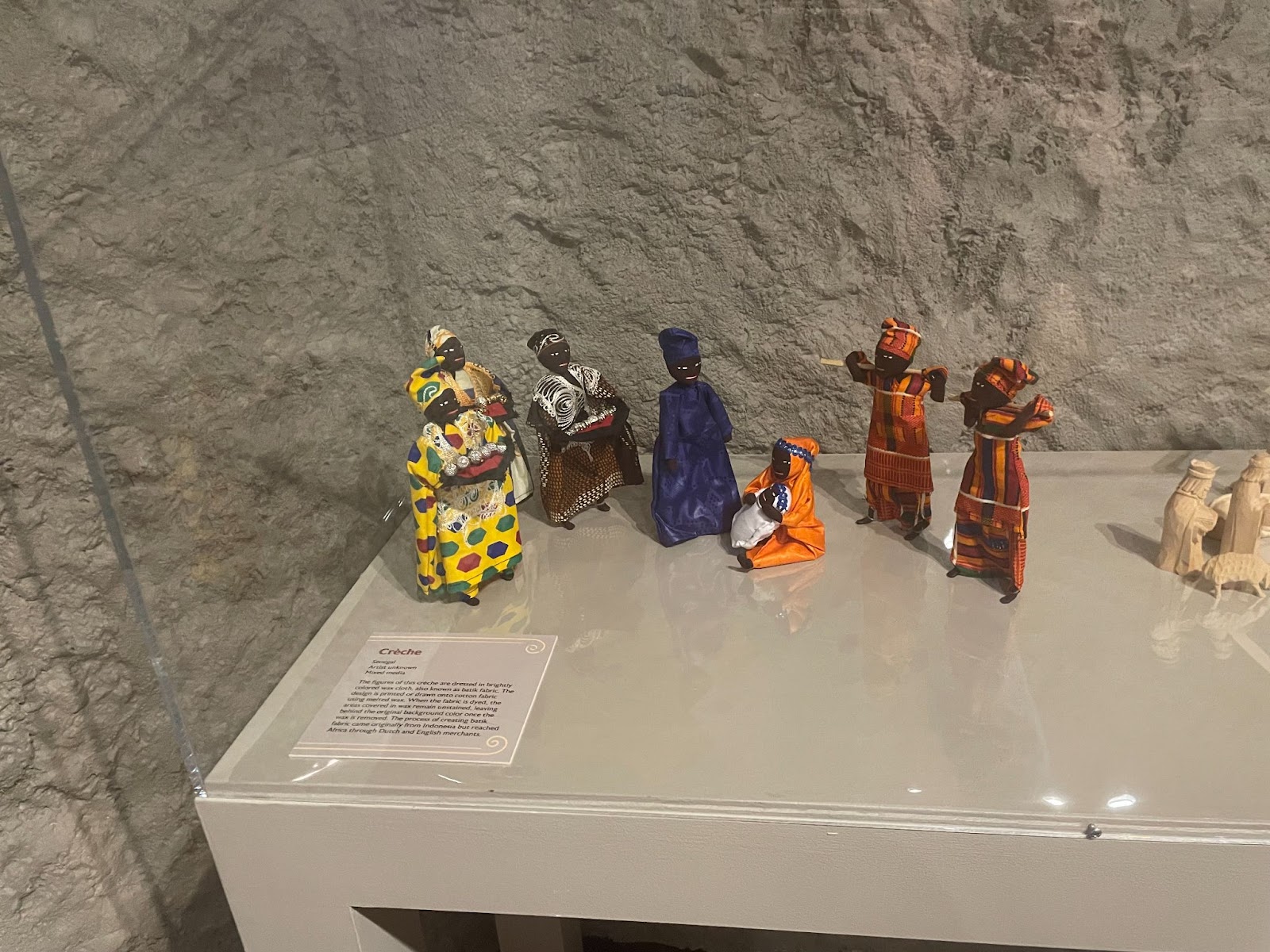
This includes a créche that features a small stone from the caves of Greccio as well as a depiction of St. Francis himself.

The exhibit also features the Knights of Columbus’ largest nativity scene. This crèche, which is displayed in its own room, is a Neapolitan crèche, a type of nativity named for its origin in Naples, Italy. This kind of crèche is unique in that it displays three scenes: depictions of a tavern and the annunciation of Christ’s birth to shepherds in addition to the usual manger. Figures in this crèche are characteristic of 17th- or 18th-century Naples, with the exception of the holy family members, who wear their period clothing.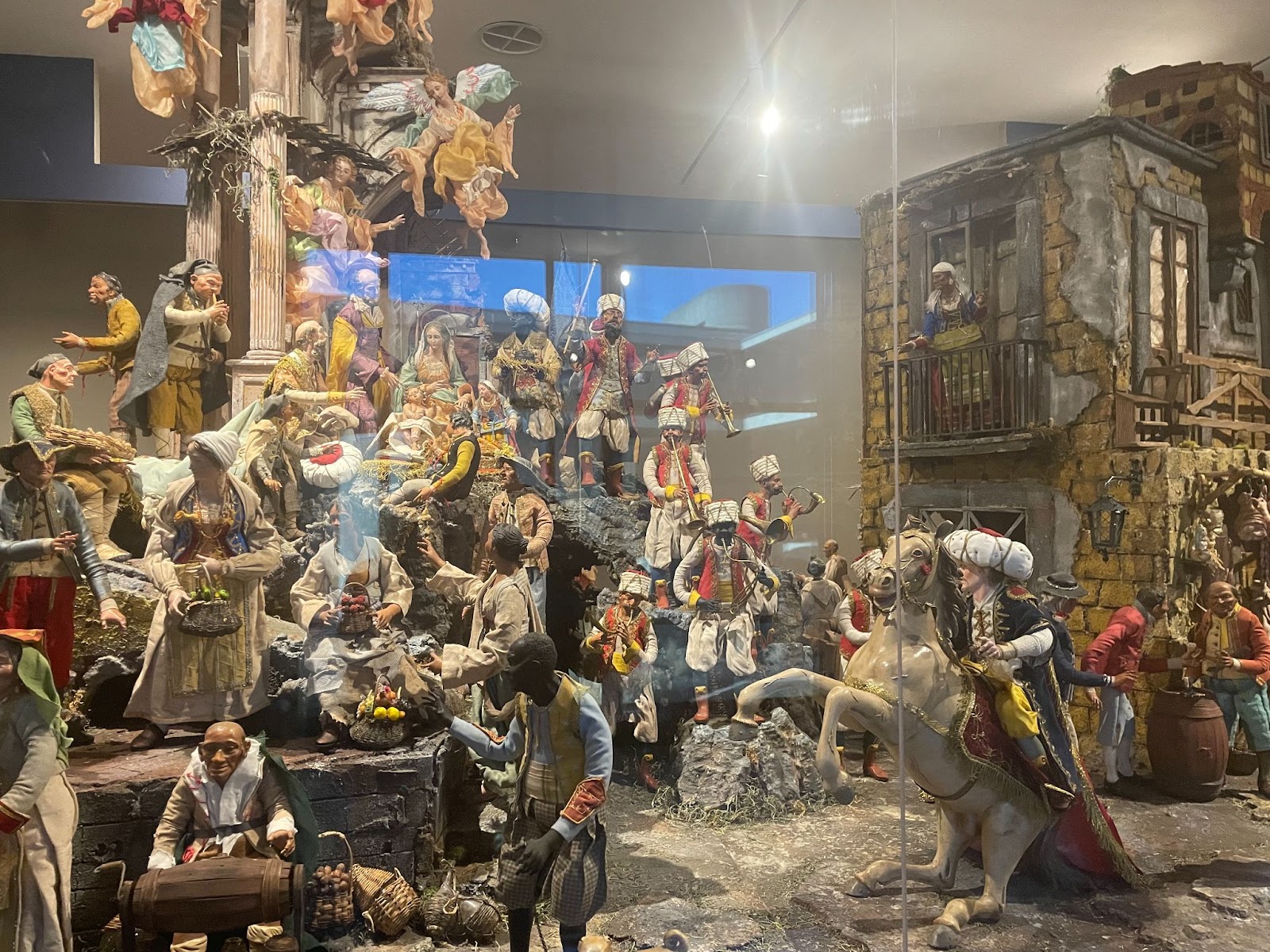

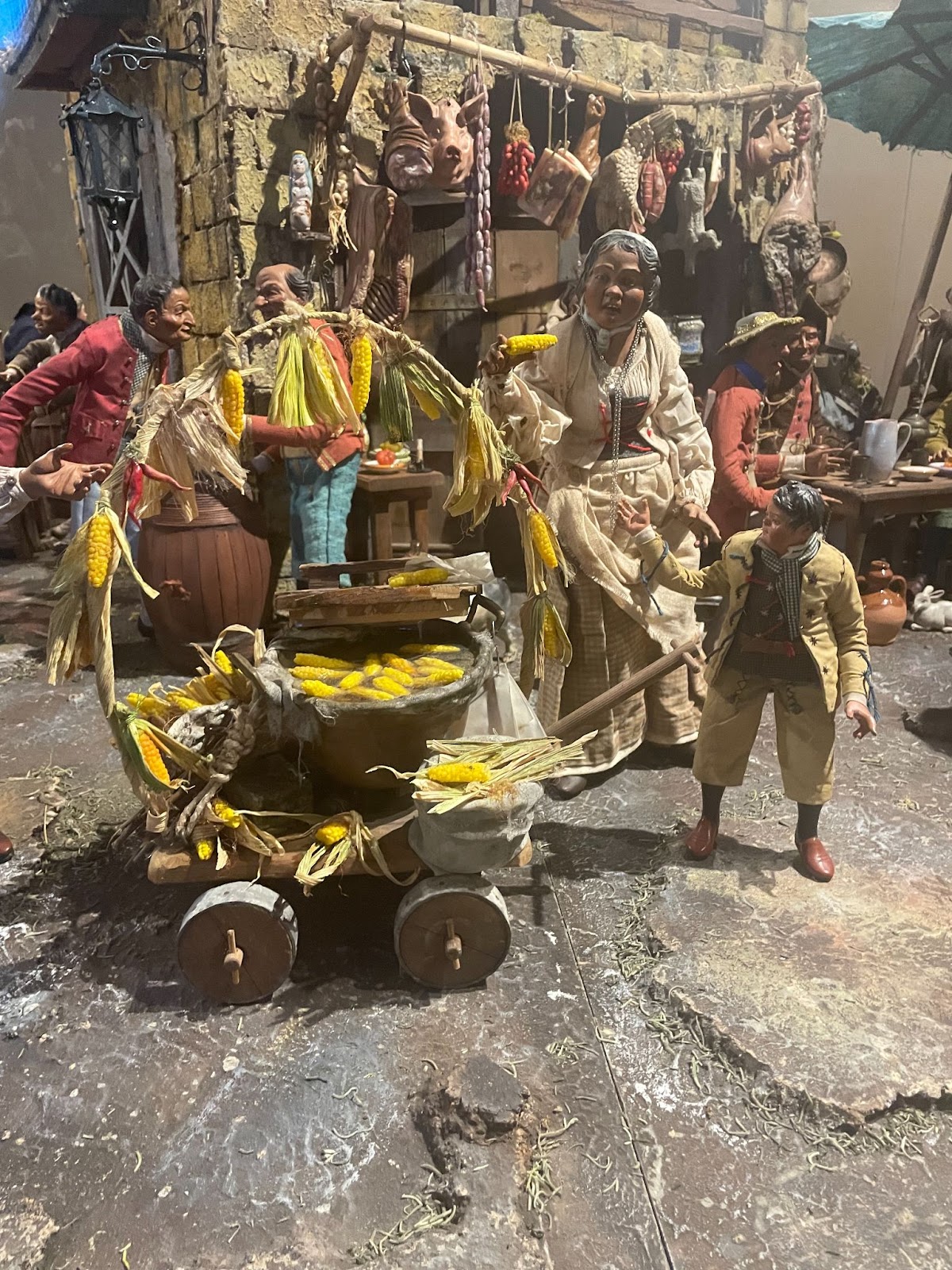
The crèche exhibits are part of the McGivney Center’s Christmas programming, Sheffer explained. This series of exhibits, which also include a display of Christmas trees in the Center’s main exhibit, are visited by schools, families and regular guests throughout the season.
“This [exhibit] is so needed when young people, children, just think of Santa Claus and not the true meaning,” Anita Bennett, a visitor at the McGivney Pilgrimage Center, said. “It gives them a foretaste of all the other countries in the world, not just the United States.”
This year, Christmas Day — Dec. 25 — falls on a Monday.



